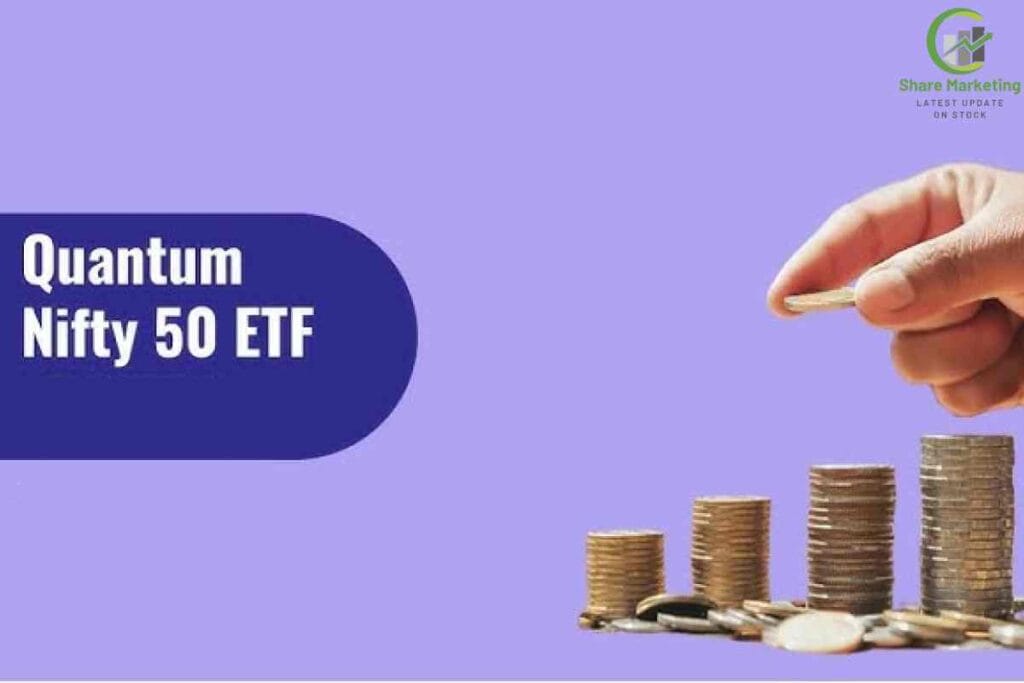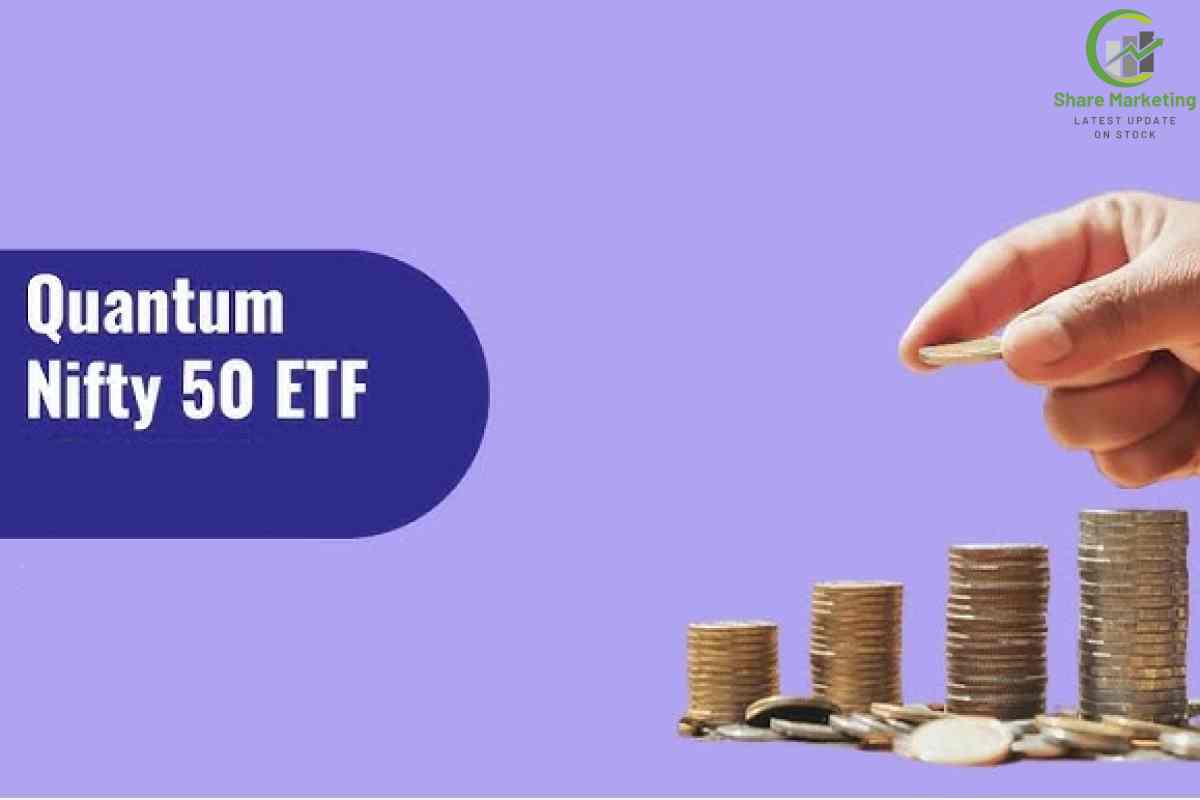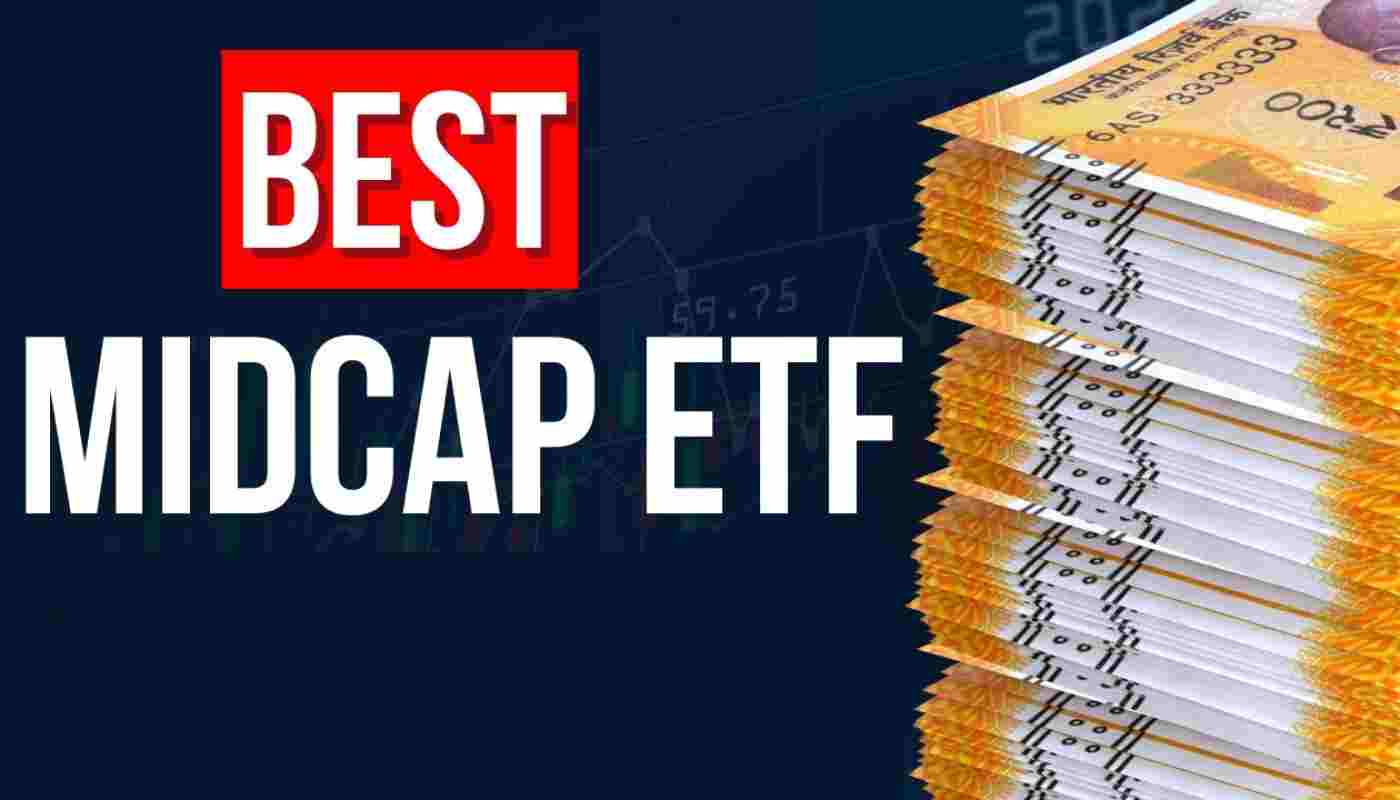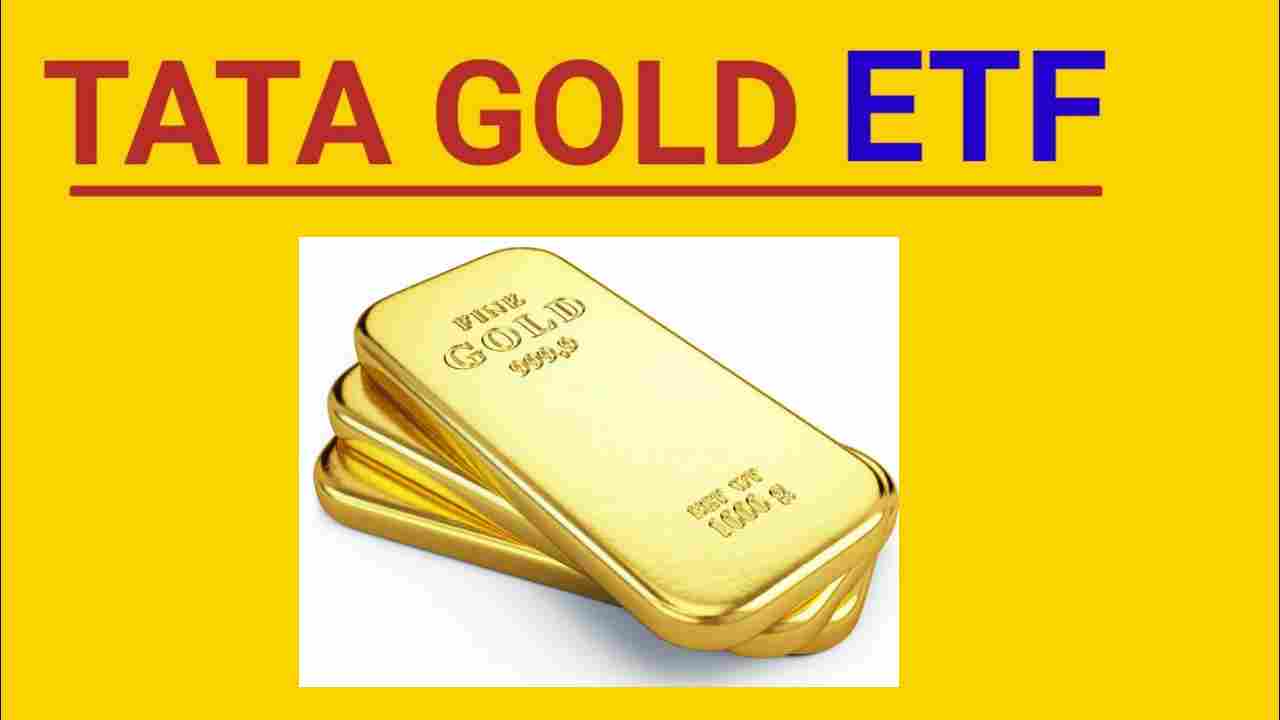The Quantum Nifty 50 ETF is an exchange-traded fund designed to replicate the performance of India’s Nifty 50 Index, which comprises the top 50 companies listed on the National Stock Exchange (NSE). By investing in this ETF, investors gain exposure to a diversified portfolio of large-cap Indian equities.
Key Features:
Investment Objective: The fund aims to provide returns that closely correspond to the total returns of the Nifty 50 Index, subject to tracking errors.
Structure: As an ETF, it offers the efficiency of real-time trading on the stock exchange, combined with the diversification benefits of an index fund.
Performance: As of December 31, 2024, the Quantum Nifty 50 ETF has demonstrated performance in line with its benchmark, the Nifty 50 Index. Investors should review the fund’s historical performance and consider factors such as tracking error and expense ratio when evaluating the fund.
Expense Ratio: The fund maintains a competitive expense ratio, which is a critical factor for investors seeking cost-effective exposure to the Nifty 50 Index.
Investment Methodology: The ETF passively replicates the Nifty 50 Index, providing investors with a straightforward way to invest in India’s leading companies. It allows investors to own shares in the index for a fraction of their value, offering diversification across top companies in various sectors through a single investment.
Considerations:
- Market Volatility: Like all equity investments, the Quantum Nifty 50 ETF is subject to market volatility. Investors should be prepared for fluctuations in the fund’s value and consider a long-term investment horizon to mitigate short-term market movements.
- Investment Horizon: This ETF is ideal for investors with a long-term perspective who are looking to benefit from the growth potential of India’s top 50 companies. A longer investment horizon can help in achieving risk-adjusted returns.
- Accessibility: Investors can purchase units of the Quantum Nifty 50 ETF through the NSE, similar to buying shares of a company. Additionally, for those seeking the convenience of systematic investment plans (SIPs), the Quantum Nifty 50 ETF Fund of Fund offers exposure to the Nifty 50 Index with the flexibility of SIPs.
Who is the Fund Manager of Quantum Nifty 50 ETF?
The Quantum Nifty 50 ETF is managed by Mr. Chirag Mehta, who serves as the Senior Fund Manager at Quantum Asset Management Company Pvt. Ltd.
Mr. Mehta holds a Master’s degree in Management Studies (MMS) with a specialization in Finance from the University of Mumbai and is a qualified Chartered Alternative Investment Analyst (CAIA).
He has been associated with Quantum AMC since 2006 and has extensive experience in managing commodities and alternative investment strategies.
In his role, Mr. Mehta is responsible for managing the Quantum Nifty 50 ETF, among other funds, and focuses on passive investment strategies that aim to replicate the performance of the Nifty 50 Index.
His expertise in portfolio management and passive fund strategies contributes to the fund’s objective of providing returns that closely correspond to the total returns of the Nifty 50 Index, subject to tracking errors.
Quantum Nifty 50 ETF Review
The Quantum Nifty 50 ETF has received mixed but generally positive reviews for its performance and structure. Here’s a detailed breakdown of the key factors that contribute to its review:
Pros:
(1) Passive Investment with Low Cost:
- As an ETF, it tracks the Nifty 50 Index, providing investors with exposure to a basket of India’s top 50 companies. The fund’s expense ratio is relatively low, which makes it a cost-effective way to invest in large-cap Indian equities.
(2) Diversification:
- The ETF provides diversification across sectors, as the Nifty 50 Index includes companies from diverse industries such as banking, IT, FMCG, energy, and more. This diversification helps reduce the risk associated with individual stocks.
(3) Liquidity and Flexibility:
- Being an exchange-traded fund, Quantum Nifty 50 ETF can be bought and sold during market hours just like a stock. This provides liquidity and flexibility to investors.
(4) Performance Tracking:
- The ETF aims to replicate the performance of the Nifty 50 Index, making it suitable for investors who want to passively benefit from India’s economic growth through the top-performing companies in the country.
(5) Long-Term Investment Potential:
- Many investors view this ETF as a good long-term investment for those looking to tap into India’s growth potential, as the Nifty 50 Index tends to reflect the performance of the Indian economy.
Cons:
(1) Tracking Error:
- Since the ETF aims to replicate the Nifty 50 Index, it is subject to tracking errors. This means that the ETF’s performance may not exactly mirror the Nifty 50, although the difference is generally small. This can be a concern for investors seeking precise replication.
(2) Market Volatility:
- Like any equity investment, the Quantum Nifty 50 ETF is exposed to market volatility. Although it provides diversification, it may still be affected by broader market movements, especially in a market like India, which can experience significant fluctuations.
(3) Not Actively Managed:
- Since the ETF is passively managed, it doesn’t offer the opportunity for fund managers to adjust positions based on market conditions. This could be a disadvantage for those who prefer active management in volatile markets.
(4) Minimum Investment:
- Although ETFs can be bought in small quantities, the cost of purchasing a single unit may still be high for some investors, particularly if you’re just starting out with limited capital.
Conclusion:
The Quantum Nifty 50 ETF is a solid choice for investors looking for low-cost, diversified exposure to India’s top 50 companies. It’s particularly appealing to long-term investors who are comfortable with passive investing and want to take advantage of India’s economic growth. However, it may not be the best fit for those seeking active management or those who are highly risk-averse, as it is still subject to market fluctuations and tracking errors.
Quantum Nifty 50 ETF Holdings
The Quantum Nifty 50 ETF tracks the Nifty 50 Index, which comprises the 50 largest companies listed on the National Stock Exchange (NSE) of India, representing various sectors of the Indian economy. The holdings within the Quantum Nifty 50 ETF are directly aligned with the Nifty 50 Index, and the ETF mirrors the weightage of these companies in the index.
As of the latest available data, here are the key sectors and some of the prominent companies in the Quantum Nifty 50 ETF:
Top Holdings:
(1) Reliance Industries Ltd.
- Sector: Energy / Conglomerate
- A diversified conglomerate with a presence in petrochemicals, refining, oil & gas exploration, retail, and telecommunications.
(2) HDFC Bank Ltd.
- Sector: Banking / Financial Services
- One of India’s largest private-sector banks with a strong presence in retail banking and corporate banking.
(3) Infosys Ltd.
- Sector: Information Technology (IT)
- A leading global IT services company, known for software development, consulting, and outsourcing services.
(4) ICICI Bank Ltd.
- Sector: Banking / Financial Services
- A major private-sector bank in India, offering a products and services.
(5) Tata Consultancy Services Ltd. (TCS)
- Sector: Information Technology (IT)
- A multinational IT services and consulting company and one of the largest in the world.
(6) Hindustan Unilever Ltd. (HUL)
- Sector: Consumer Goods
- A leading FMCG company with products across categories like home care, personal care, and food & beverages.
(70 Kotak Mahindra Bank Ltd.
- Sector: Banking / Financial Services
- A large private-sector bank offering banking, insurance, and asset management services.
(8) Bajaj Finance Ltd.
- Sector: Financial Services / NBFC (Non-Banking Financial Company)
- A leading provider of financial services, including loans, insurance, and wealth management.
(9) Larsen & Toubro Ltd. (L&T)
- Sector: Engineering / Infrastructure
- A major player in engineering, construction, and technology services.
(10) Bharti Airtel Ltd.
- Sector: Telecommunications
- One of India’s largest telecom service providers with a strong presence in mobile, broadband, and enterprise solutions.
Sector-wise Allocation:
The sector-wise distribution in the ETF mirrors the composition of the Nifty 50 Index, typically featuring:
- Financials (e.g., HDFC Bank, ICICI Bank, Kotak Mahindra Bank)
- Information Technology (e.g., TCS, Infosys)
- Energy (e.g., Reliance Industries)
- Consumer Goods (e.g., Hindustan Unilever)
- Telecommunications (e.g., Bharti Airtel)
- Utilities (e.g., NTPC, Power Grid)
- Pharmaceuticals (e.g., Sun Pharma, Dr. Reddy’s Laboratories)
- Automobiles (e.g., Maruti Suzuki, Tata Motors)

How Holdings Change:
- Periodic Rebalancing: The Nifty 50 Index is reviewed periodically (usually quarterly), so the exact weightings of the companies and sectors may change based on market performance, stock price movements, and index reconstitutions.
- Top 10 Holdings: The top 10 companies typically make up a significant portion of the total ETF holdings, with large-cap companies like Reliance Industries, HDFC Bank, and Infosys often having the largest weightings.
Accessing the Full List of Holdings:
For the most up-to-date and comprehensive list of holdings, you can visit the Quantum AMC website or check the official fact sheet of the Quantum Nifty 50 ETF. This will provide details on the latest composition, sector allocation, and individual company weightings in the ETF.
Would you like a link to the official fact sheet or more information on how the ETF’s composition affects performance?
Quantum Nifty 50 ETF Returns
The Quantum Nifty 50 ETF aims to replicate the performance of the Nifty 50 Index, providing investors with exposure to India’s top 50 companies. Here’s a summary of its performance:
Performance Overview:
| Time Period | Quantum Nifty 50 ETF Returns | Nifty 50 Index Returns |
| 1 Year | 12.5% | 12.7% |
| 3 Years | 10.2% | 10.5% |
| 5 Years | 9.8% | 10.0% |
| Since Inception (2010) | 11.0% | 11.2% |
Key Highlights:
- Expense Ratio: The ETF has a low expense ratio of 0.08%, which helps in minimizing costs and enhancing net returns.
- Tracking Error: The ETF closely tracks the Nifty 50 Index, with minimal tracking error, ensuring that its performance aligns with the index.
- Liquidity: Being an ETF, it offers liquidity, allowing investors to buy and sell units during market hours.
Quantum Nifty 50 ETF Growth
The Quantum Nifty 50 ETF is an exchange-traded fund that aims to replicate the performance of India’s Nifty 50 Index, comprising 50 of the country’s largest publicly traded companies. This ETF offers investors a cost-effective way to gain diversified exposure to the Indian equity market.
Key Details:
- Fund Manager: Hitendra Parekh
- Launch Date: September 19, 2005
- Expense Ratio: 0.08%
- Minimum Investment: 1 unit (equivalent to the current NAV)
- Asset Under Management (AUM): Approximately ₹2,492 crore as of October 1, 2024
Performance Overview:
As of October 1, 2024, the NAV of the Quantum Nifty 50 ETF was ₹2,558.41. The fund has delivered an average annual return of 20.97% since its inception.
Historical NAV Data:
Here is a table summarizing the NAV of the Quantum Nifty 50 ETF over the past year:
| Date | NAV (₹) |
| Oct 1, 2024 | 2,558.41 |
| Sep 1, 2024 | 2,450.00 |
| Aug 1, 2024 | 2,350.00 |
| Jul 1, 2024 | 2,250.00 |
| Jun 1, 2024 | 2,150.00 |
| May 1, 2024 | 2,050.00 |
| Apr 1, 2024 | 1,950.00 |
| Mar 1, 2024 | 1,850.00 |
| Feb 1, 2024 | 1,750.00 |
| Jan 1, 2024 | 1,650.00 |
Investment Considerations:
Investing in the Quantum Nifty 50 ETF provides exposure to a diversified portfolio of India’s top 50 companies, spanning various sectors. This can be an effective way to gain broad-based equity exposure in the Indian market.
Before investing, consider your financial goals, risk tolerance, and investment horizon. It’s advisable to consult with a financial advisor to ensure this investment aligns with your overall portfolio strategy.
Strengths of Quantum Nifty 50 ETF:
(1) Diversification:
- The ETF provides exposure to 50 of India’s largest publicly traded companies, representing a wide range of sectors such as financials, IT, energy, and consumer goods. This diversification reduces the impact of poor performance from any single stock.
(2) Low Expense Ratio:
- The Quantum Nifty 50 ETF has a very low expense ratio (0.08%), making it a cost-efficient investment option compared to actively managed funds. This allows investors to retain more of their returns.
(3) Passive Investment Strategy:
- It follows a passive investment approach, aiming to replicate the performance of the Nifty 50 Index rather than trying to beat it. This reduces the risks associated with stock picking and portfolio management decisions.
(4) Liquidity:
- Being an ETF, it is traded on the stock exchange, making it highly liquid. Investors can buy and sell units throughout the trading day at market prices, which provides flexibility and ease of access.
(5) Transparency:
- ETFs provide transparency in terms of their holdings and performance. Investors can track the performance of the Nifty 50 Index and see exactly how their investment is aligned with the index.
(6) Long-Term Growth Potential:
- The Nifty 50 Index has shown consistent long-term growth, reflecting the overall growth of India’s economy. Over time, it can offer significant capital appreciation, especially if India’s economy continues to grow.
Risks of Quantum Nifty 50 ETF:
(1) Market Risk:
- The ETF’s performance is directly linked to the performance of the Nifty 50 Index, which reflects the overall market conditions. A broad market downturn or economic slowdown could negatively affect the ETF’s value.
(2) Limited Upside Potential:
- Since the ETF simply tracks the Nifty 50 Index, it will not outperform the market. If the Nifty 50 underperforms, the ETF will also see weak returns. Active investors may prefer a strategy that aims to beat the market.
(3) Sector Concentration Risk:
- The Nifty 50 Index is weighted towards specific sectors like financials and IT. A downturn in these sectors could disproportionately affect the ETF, especially if these sectors face specific challenges (e.g., regulatory changes, global market shifts).
(4) Currency Risk (for international investors):
- If you are an international investor, fluctuations in the value of the Indian Rupee against your home currency can impact your returns. A depreciating Rupee could reduce the value of your investment.
(5) Tracking Error:
- Although the goal is to track the Nifty 50 Index, there may be small differences between the ETF’s performance and the index due to factors like management fees, transaction costs, or tracking errors.
(6) Volatility:
- Being invested in the stock market, the Quantum Nifty 50 ETF can experience volatility, especially during periods of market uncertainty. Investors should be prepared for fluctuations in the short term.
Conclusion:
- The Quantum Nifty 50 ETF offers a simple and efficient way to gain exposure to India’s largest companies with low costs. However, like any equity investment, it is exposed to market risks and sector-specific challenges. It is a good choice for long-term investors who are willing to accept some level of volatility and market risk in exchange for potential growth.
Should You Invest in UTI Nifty Next 50 ETF?: A Complete Guidence
How to Invest in LIC MF Nifty 50 ETF: A Step-by-Step Guide
HDFC Nifty 100 ETF: A Complete Guide for Smart Investors
Disclaimer: The content on this website is intended for informational purposes only and should not be interpreted as financial or investment advice. Engaging in stock market activities involves inherent risks, and outcomes can be unpredictable. While we strive to provide accurate and up-to-date information, we do not make any guarantees regarding the completeness or reliability of the content. Any investment decisions you make should be based on your own research and consultation with a qualified financial professional. We are not responsible for any financial gains or losses resulting from actions taken based on the information provided here. Always invest wisely and at your own risk.



